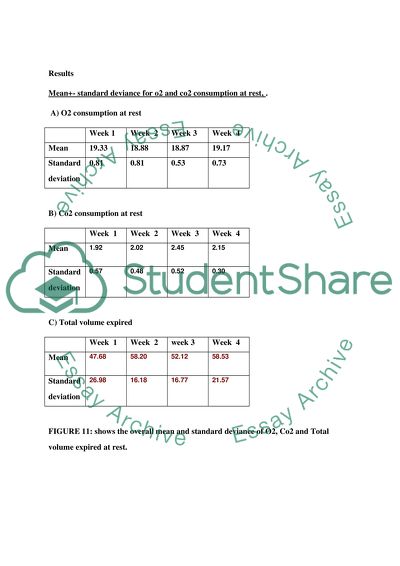Cite this document
(“The effects of female reproductive cycle on metabolic rate Assignment”, n.d.)
Retrieved from https://studentshare.org/health-sciences-medicine/1416089-the-effects-of-female-reproductive-cycle-on
Retrieved from https://studentshare.org/health-sciences-medicine/1416089-the-effects-of-female-reproductive-cycle-on
(The Effects of Female Reproductive Cycle on Metabolic Rate Assignment)
https://studentshare.org/health-sciences-medicine/1416089-the-effects-of-female-reproductive-cycle-on.
https://studentshare.org/health-sciences-medicine/1416089-the-effects-of-female-reproductive-cycle-on.
“The Effects of Female Reproductive Cycle on Metabolic Rate Assignment”, n.d. https://studentshare.org/health-sciences-medicine/1416089-the-effects-of-female-reproductive-cycle-on.


